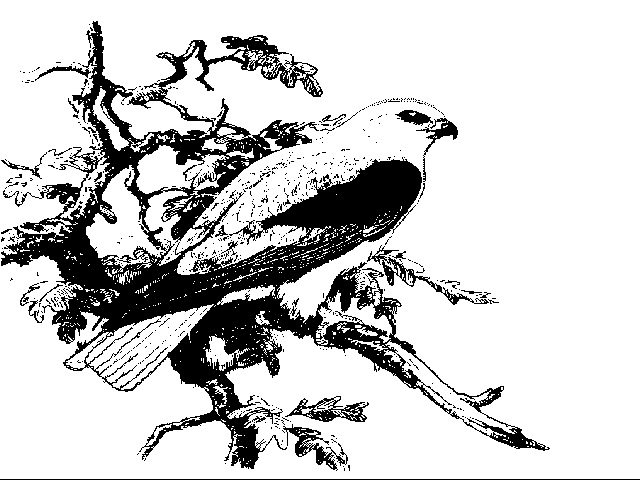
Flows of Water and Waterbirds Across California

Description: Nathan Van Schmidt will be talking about research on the challenges facing waterbirds of the Pacific Flyway. Over a million waterbirds utilize San Francisco Bay for migratory stopover or over-wintering habitat each year, including many species which have already lost substantial habitat elsewhere within the Western United States. Their habitat needs complicated efforts to restore tidal marsh throughout the Bay Area, and a careful design of a balanced mosaic of habitats may be necessary to ensure the diverse species’ persistence. He will dig into over two decades of monitoring data on ten foraging guilds including shorebirds, ducks, gulls, terns, fisheaters, and more within the South Bay Salt Pond Restoration Project and nearby remaining commercial salt production ponds, and draw connections between challenges facing these regions and other waterbird populations across the western United States. The talk will dive deep into the ecology of two unique waterbirds with specialized habitat needs — Wilson’s Phalaropes and California Black Rails — the former of which was recently petitioned to be listed under the Endangered Species Act due to threats to saline lakes across the Great Basin.
About the Speaker: Nathan Van Schmidt is a Science Director at San Francisco Bay Bird Observatory (SFBBO), running their Waterbird and Climate Change research programs. A native of the midwest, he obtained his B.S. from University of Wisconsin – Madison and moved to the Bay Area in 2011 to obtain his Ph.D. at U.C. Berkeley, where he studied how anthropogenic wetlands allowed Black Rails to persist through California’s droughts. He has worked as a researcher in the U.S. Geological Survey, U.C. Santa Cruz, and the International Crane Foundation. In his current role he leads monitoring and research on the Project’s non-breeding waterbird guilds, community scientist monitoring of colonial waterbird breeding activity across the nine counties of the Bay Area region, waterbird disease and abatement research, and is the Lead Author of the Central Coast Regional Report for California’s Fifth Climate Change Assessment. His interdisciplinary research couples long-term field ecology datasets on bird populations and their habitats with climate and land-use change forecasting to assess how species persist in human-dominated landscapes.
Click here to register for the Zoom meeting
Participants can prepare by downloading the Zoom application for free HERE or the web browser client will download automatically when you start or join your first Zoom meeting. It is recommended that participants familiarize themselves with using Zoom prior to the scheduled meeting to test the audio and video settings and avoid technical difficulties.
Zoom Meetings are being recorded! You can view and/or listen to the recent Membership Meetings on the Past Membership Meetings page!
